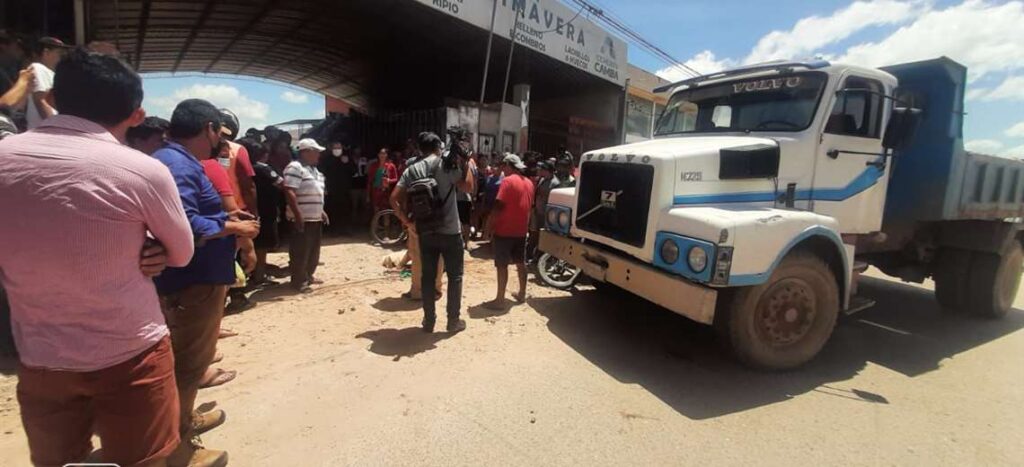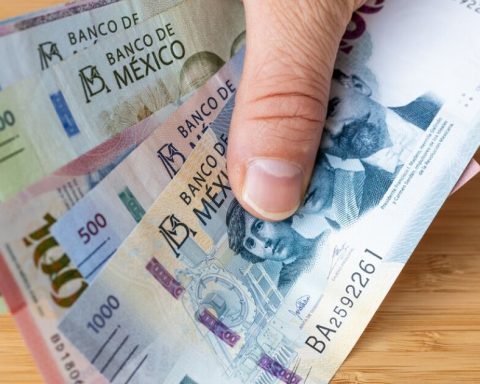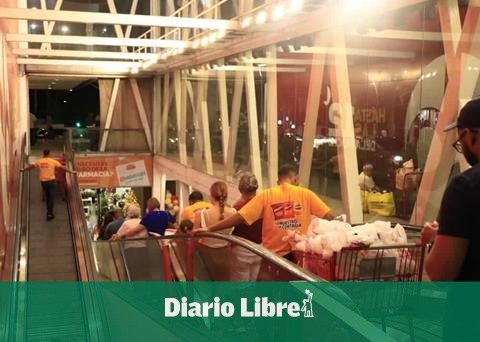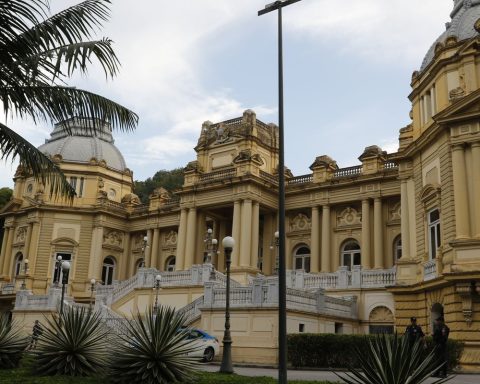Four Bengal tigers will be transferred this Friday to a sanctuary in South Africa, after being abandoned by a circus 15 years ago and living during that period in overcrowded conditions in a train car converted into a cage, in a field near the town. from Justo Daract, 140 kilometers from the city of San Luis, reported spokesmen for the international organization Four Paws.
The history of the tigers goes back to the year 2007, when the owner of a circus who passed through Justo Daract, could not take a male and a female Bengal tiger and left them in the care of a farmer, with the promise that he was going to pick them up again but he never came back.
The two tigers now became a family of four, and for 15 years they have been walking from one side to the other in a wagon converted into a 75-square-meter cage.

This story came, last November, to the ears of the Egyptian veterinarian Amir Khalil, wildlife specialist and director of project development for the international organization Four Pawswhich is dedicated, among other things, to the rescue of animals in unsanitary living conditions.
Since then, all their teams began to carry out the necessary process to rescue these felines.
In dialogue with Télam, Luciana D’AbramoDirector of Development of the organization, stressed that the work has been carried out for months in San Luis after the invitation of the Ministry of Environment and Sustainable Development of the Nation to intervene in the case, in addition to the provincial fauna agency.
#BreakTheViciousCycle: We want to answer all the questions you have about big cats and trade! #YouAskWeAnswer
We see how much you care about big cats & now we are curious: what else would you like to know about big cats and their trade?
Ask us anything in the comments section!? pic.twitter.com/RmVsr0kzlL— FOUR PAWS (@fourpawsint) February 23, 2022
“Part of the work team has been in San Luis for 15 days, taking care of doing the preliminary medical studies to rescue the four animals and then proceed with the transfer,” explained D’Abramo.
The rescue is scheduled to take place this Friday. and for that there will be a special operation that will transfer the animals to Buenos Aires, to then board a commercial flight to their final destination, South Africa.
“At this time we are also focused on being able to teach the animals to move in the new compartments that were adapted to move it and lose their fear to avoid sedation since tigers are very sensitive to the effects of anesthetics”, remarked the coordinator .

The transfer to the sanctuary
The operation will last about 50 hours, from its start in San Luis to Buenos Aires, to then board a commercial flight to Johannesburg, South Africa, to then arrive at the LionsRock big cat sanctuary.
“Part of the work team has been in San Luis for 15 days, taking care of doing the preliminary medical studies to rescue the four animals and then proceed with the transfer”
this shrine has 1,800 hectaresso that the different felines that are rescued from around the world can have all the necessary conditions to develop their lives and adapt after years in captivity and hunting, trade or breeding of big cats and animal interactions is strictly prohibited wild with visitors.
Four Paws has offices in 14 countries, wildlife sanctuaries in 11 countries and has been active in many more, including Syria, Gaza, Pakistan, Sudan and Cambodia, it was reported.
However, the rescue of the four tigers in Argentina marks the first time the world animal welfare organization has been active in South America.
“It is fantastic that the first Four Paws rescue mission in South America is taking place in Argentina. I am Argentine, and I know that I speak for many when I say that correcting the evil that has been done to these animals is a matter that touches my heart. We thank the local authorities and everyone who made this possible and look forward to building on these foundations, together shaping the future of animal welfare discourse and agenda, thus improving the lives of as many animals as possible, today and in the future. ”, says Luciana D’Abramo.

















